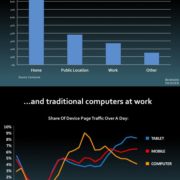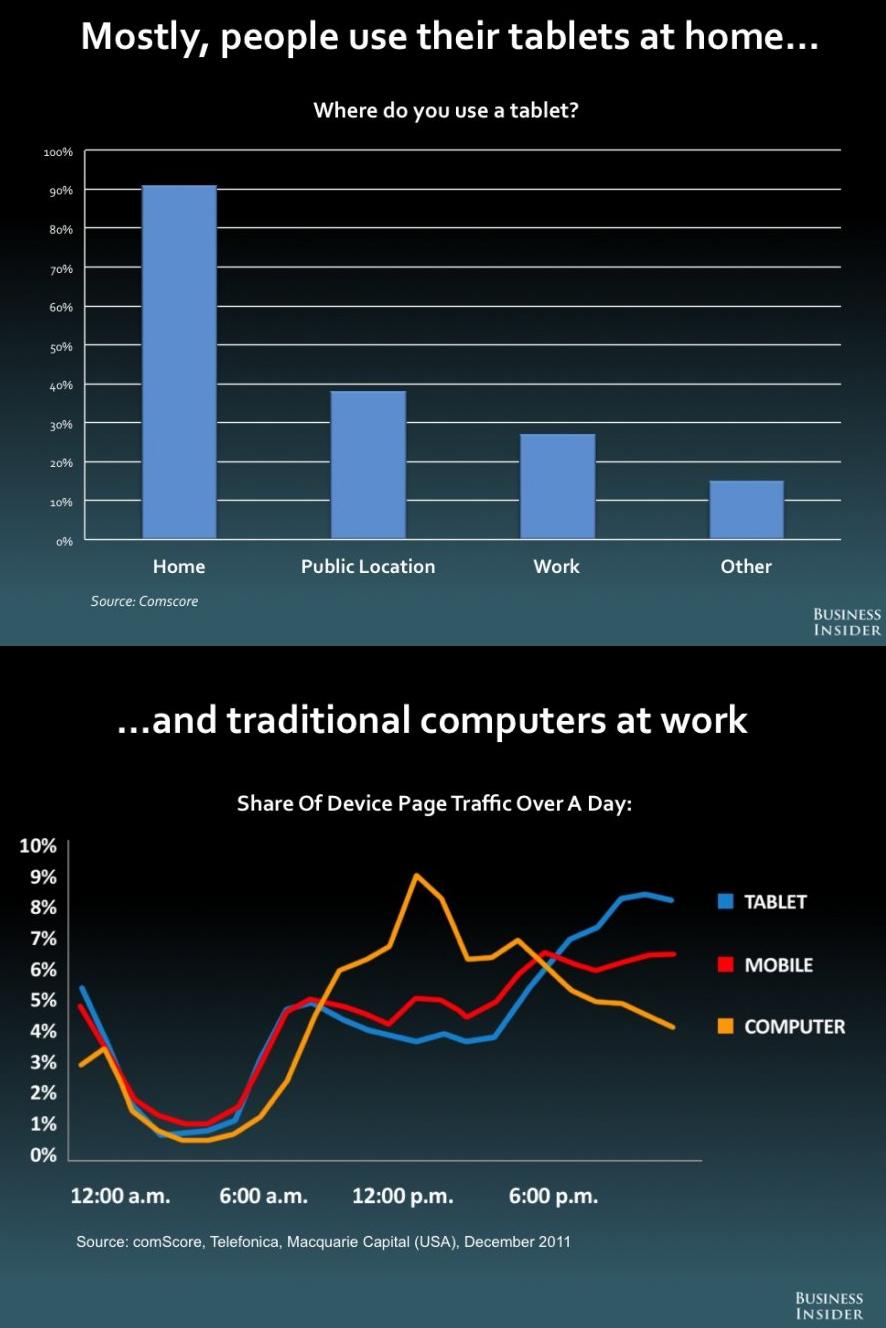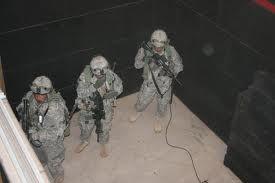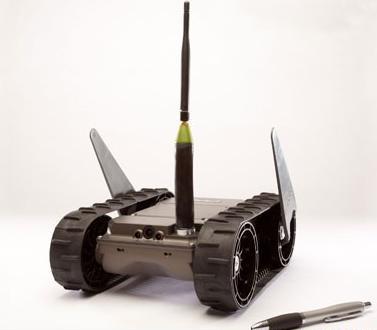 As I write, 3000 air safety inspectors have had their positions deemed “non-essential.” The Center for Disease Control’s staff for tracking food borne illnesses has been cut by more than half. Bars in Washington, D.C. are expanding hours for idle workers. From these random government-shutdown events, we can conclude that that furloughed workers are being advised: don’t fly, don’t eat strange food, stay in town, and get drunk.
As I write, 3000 air safety inspectors have had their positions deemed “non-essential.” The Center for Disease Control’s staff for tracking food borne illnesses has been cut by more than half. Bars in Washington, D.C. are expanding hours for idle workers. From these random government-shutdown events, we can conclude that that furloughed workers are being advised: don’t fly, don’t eat strange food, stay in town, and get drunk.
What about the rest of us?
As attractive as this advice is, it is not the best strategy for people who do business with the Federal government. How should Defense vendors and other providers deal with these shutdowns?
Notice the plural “shutdowns.” There is a very good chance that by the time you read this, the Federal government shutdown will be over. However, given the logjam that characterizes modern politics, an unwelcomed repeat performance is more than possible.

















 Every once in a while, someone asks me to translate military jargon, or more often summarize a lengthy statement into an “executive summary.” Here are a couple of examples of my attempts to convert a dense forest of words into a simple “take home message.”
Every once in a while, someone asks me to translate military jargon, or more often summarize a lengthy statement into an “executive summary.” Here are a couple of examples of my attempts to convert a dense forest of words into a simple “take home message.”